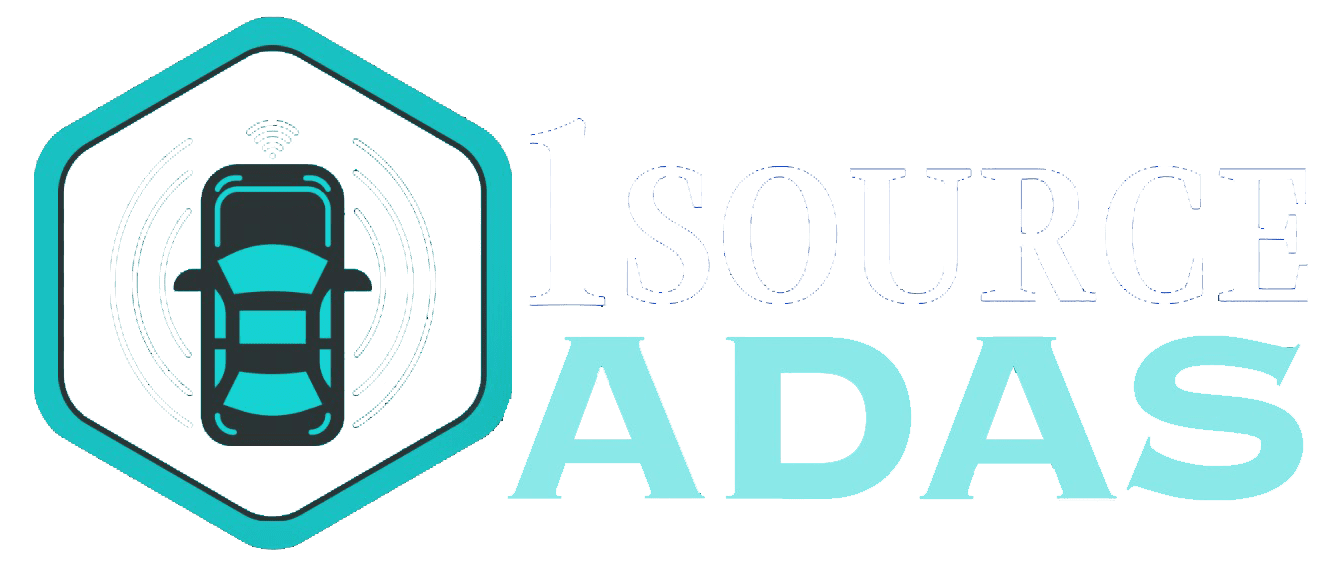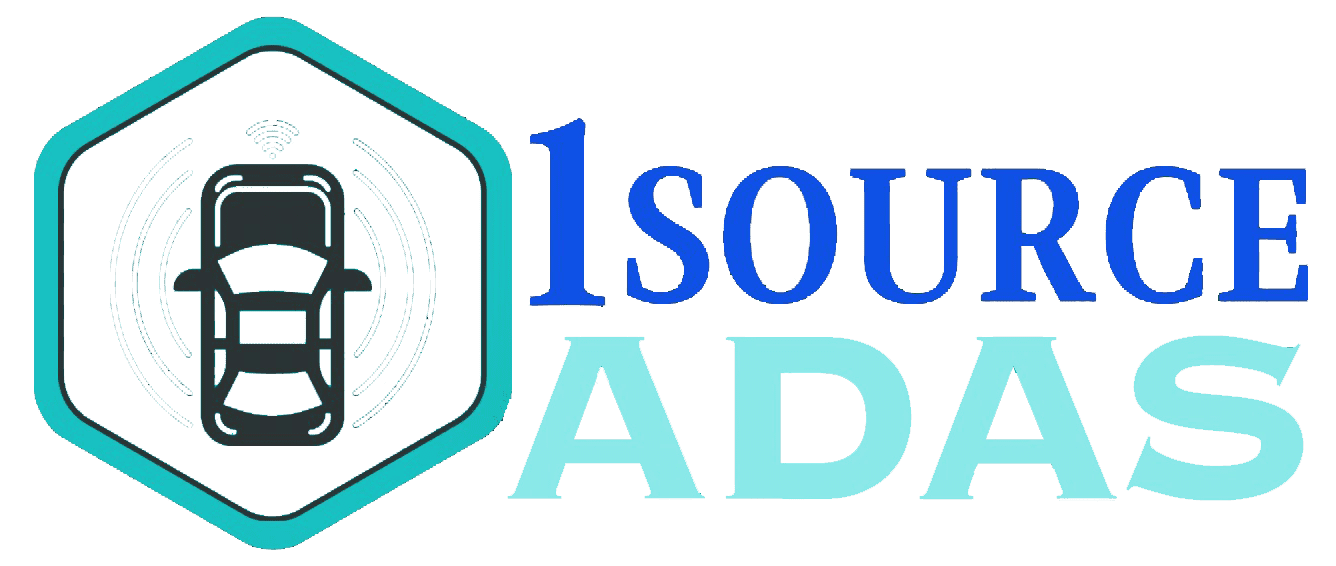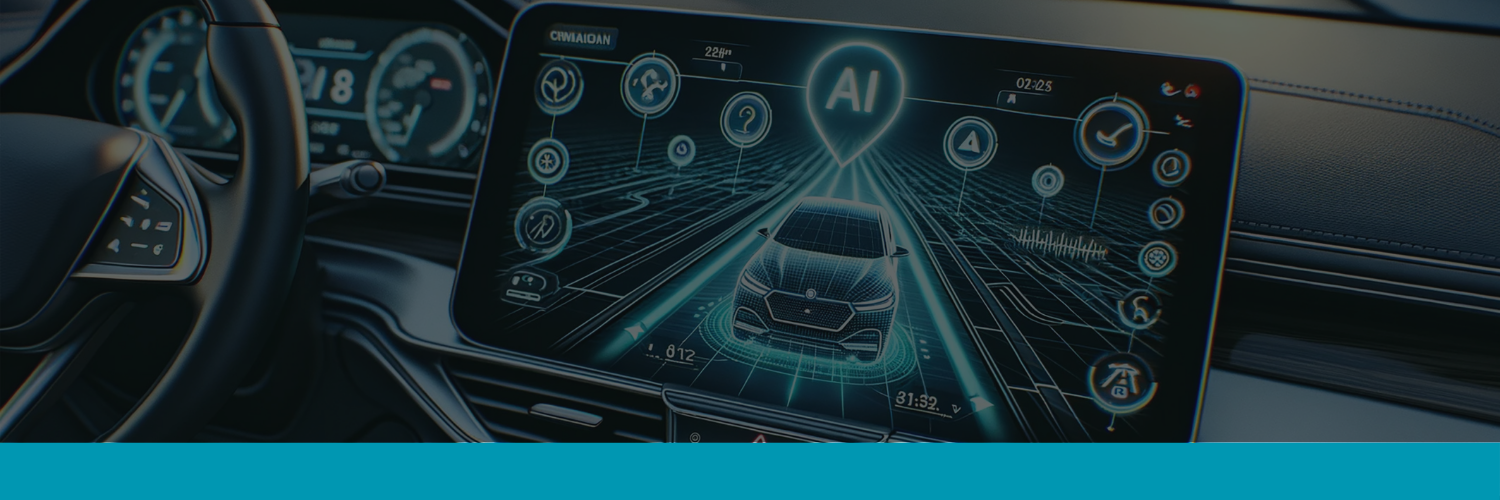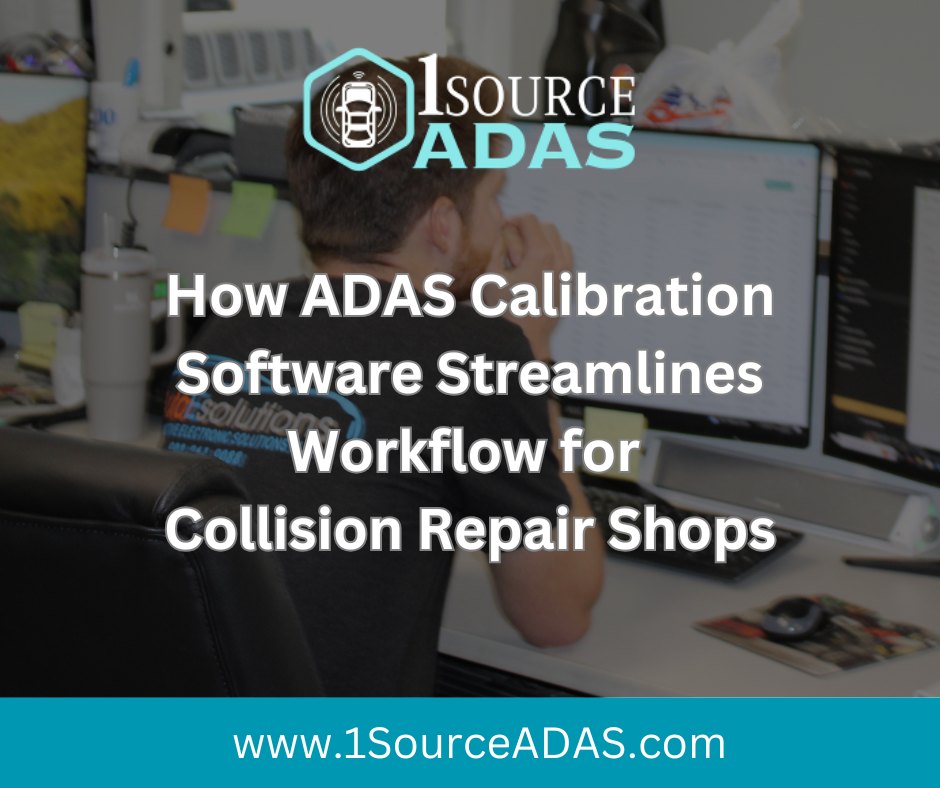Contact@1sourceADAS.com
Handling Short Pays: A Blueprint for Collision Shops
In the collision repair industry, short pays from insurers are an ongoing challenge. You write a complete estimate, follow OEM procedures, and perform safe, thorough repairs—only to be told that “we don’t pay for that.” For many shops, this can feel like being caught in a tug-of-war between doing what’s right and getting paid for it.
But here’s the truth: the insurance policy isn’t your contract.
It is vital to understand this from the outset. The insurance policy is a legal agreement between the insurer and the vehicle owner. At no point has the shop agreed to its terms, nor received benefits from it. That means an insurer’s refusal to pay for something under the policy doesn’t make that operation unnecessary or optional. It also does not mean you should be doing the required procedure for free.
If the repair requires calibration, a weld test, or replacement of a specific part to meet OEM guidelines and restore the vehicle to its pre-loss condition, then that work must be done. Whether or not the insurer chooses to pay for it is a separate issue —one between them and their customer.
As a repair professional, your responsibility lies with the vehicle and its owner , not the insurer. You’re not bound by what the insurance policy does or doesn’t cover. You’re bound by repair standards, safety, and the integrity of your shop.
Blueprinting as a Professional Shield
One of the most effective ways to avoid payment disputes is to start with a complete repair plan. Repair planning (also known as blueprinting) ensures that the entire scope of repair is documented and priced before work begins, providing all parties with a clear picture of what the vehicle requires.
One of the most effective ways to avoid payment disputes is to start with a complete repair plan. Repair planning (also known as blueprinting) ensures that the entire scope of repair is documented and priced before work begins, providing all parties with a clear picture of what the vehicle requires.
This approach removes emotion and ambiguity from the conversation. By presenting a complete, itemized estimate upfront—including all OEM procedures, ADAS operations, and material costs—the shop shifts from a defensive posture to a proactive, confident one.
It also avoids the trap of doing the work first and hoping to get paid later. Once the repair is completed, your leverage is gone—and so is the opportunity to correct or dispute pricing objections. A solid blueprinting process enables you to maintain control and ensure all stakeholders are informed before work commences.
When the Short Pay Happens Anyway
Even with proper repair planning, there will still be instances when the insurer refuses to pay for something that is required. When that happens, don’t panic—and don’t absorb the cost.
The most straightforward option is to explain the situation to the customer. Help them understand that this is a disagreement between them and their insurer, not between the shop and the insurer. The shop is prepared to complete the repair to proper standards, but payment has to be addressed. In many cases, the customer can pay the difference and seek reimbursement from their insurance company.
Another powerful tool is the Right to Appraisal (RTA) clause, which is typically found in most insurance policies. This clause allows the vehicle owner to dispute the amount the insurer is willing to pay formally. It's not a lawsuit, and it's not an aggressive tactic—it's simply a process where two independent appraisers, one chosen by the customer and one by the insurer, evaluate the loss. If they can't agree, a third-party umpire makes the call.
Right to Appraisal can be a game-changer for shops and customers alike. It provides the customer with a structured path to resolve short pay without involving the shop in a prolonged argument. By removing the insurer from the process and allowing the repair plan to be reviewed by an impartial arbiter, the chances of being paid for proper repair increase dramatically.
Shops should familiarize themselves with how RTA works in their state and should never hesitate to educate customers on it when appropriate. In many cases, just mentioning the word "appraisal" can prompt the insurer to reevaluate its position.
Remember that in the repair process, you are simply the service provider. The customer is ultimately the owner of the vehicle and is responsible for its care and maintenance.
The Blueprint Starts with 1Source ADAS
An effective repair plan begins by identifying all the necessary work for the vehicle, including ADAS calibrations, inspections, and preconditions. This is where 1Source ADAS becomes an essential part of your blueprinting process.
By reviewing your estimate and identifying OEM-required ADAS and safety operations, 1Source ADAS eliminates last-minute surprises, providing a clear and accurate roadmap for the repair. You get a detailed report that includes the necessary calibrations, documentation links, and setup procedures—all aligned with the OEM requirements.
Instead of debating ADAS operations after the fact, you can present them upfront with confidence, backed by documentation. This positions your shop as the expert and makes it much harder for insurers to argue that those operations are not covered.
Stay in Control of the Repair
Short pay is a reality in collision repair, but they don’t have to derail your business or your integrity. By understanding your role, framing the conversation effectively, and engaging in professional repair planning, you maintain control of the process.
Remember, the policy is not a binding agreement to you. Its limitations do not bind you, and you don’t need to justify OEM-required procedures to an adjuster. Your responsibility is to the vehicle and the customer.
With tools like 1Source ADAS , you can approach every repair with confidence, prepared, professional, and protected.
The 1Source ADAS platform can quickly review your estimate and provide you with a list and supporting documentation for all safety and ADAS operations required for a complete repair. The reports include links that detail both the requirement and the procedure. There is even an invoice for the service for each report, ensuring you’re able to be reimbursed for the service. You can try 1Source ADAS free for seven days. Simply create your account today at
http://1sourceadas.com .











